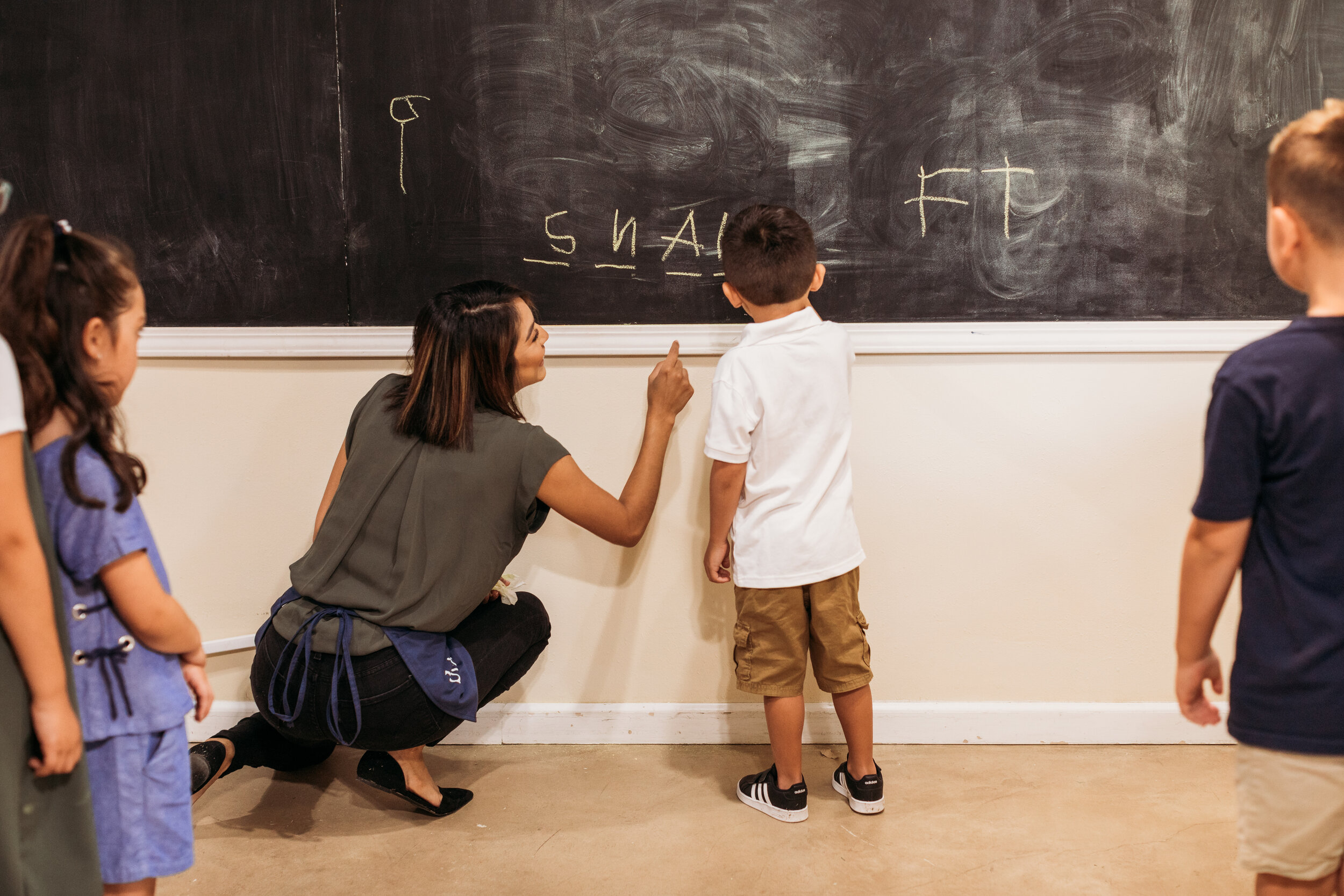About BIA Programs
Treatment is provided via a hybrid model, occurring in BIA’s clinic, patient’s home and in the community in partnership with families/caregivers. Services are delivered within the context of structured, semi-structured, and unstructured activities to foster development in social interaction, communication and language, and adaptive functioning. The intensity of the intervention is dependent upon the needs of each child and ranges from 9-40 hours per week.
Children begin their treatment through an approach that relies upon learning in a rich and visually structured environment, where child- initiated activities are continuously reinforced and scaffolded by adult contributions to expand and enrich the interaction.
METHODOLOGIES
BIA employs a combination of evidence based methodologies including:
Pivotal Response Training
Discrete Trial Teaching
Social Skills Training
Functional Communication Training
Naturalistic Interventions
Early Start Denver Model
Picture Exchange Communication (PECS)
Visually structured learning environments including Visual Supports
Cognitive Behavioral Treatment
WHAT IS ABA?
Applied Behavior Analysis is a scientifically proven intervention approach for children diagnosed with Autism. Using ABA principles therapists can increase skills and decrease unwanted behavior. Contemporary ABA approaches are flexible, capitalize on a child’s interests and use natural environments for teaching.
A TEAM Approach
To support the client and family we provide a team, of extensively trained staff, employed by BIA:
Behavior Technician (BT) – provides daily instruction. 9-40 hours per week, depending on the child’s individual needs and their responsiveness to the program
Mid Level Supervisor – when funding allows this level of service, this practitioner provides ongoing supervision of the BT, parent training and support, and minor curriculum modifications. 3-9 hours per week, depending on the intensity of the program
Licensed Clinical Supervisor – provides curriculum design, and child assessment and monitoring and parent training, 1-8 hours per week,
Parents & Caregivers - Integrates the program model into the family’s daily life
Other Professionals – Occupational Therapist, Speech Therapist, etc., based on the needs of the child
A COMPREHENSIVE PROGRAM CURRICULUM
The program focuses on all areas of development, from the acquisition of self-help skills to socialization with peers. All of the programs are individualized to meet the child’s specific needs and pace of learning, with specific goals for:
Learning Readiness
Speech, Language and Communication
Play Skills
Social/Emotional Skills
Functional Motor Skills (fine and gross)
Behavior Management
Daily Living Skills
The initial phase focuses on “learning readiness” skills that are prerequisites for all learning and social interaction. These skills include attending to tasks, responding to cues, and learning basic imitation skills. The child then moves on to a curriculum of language skills and concepts, socially appropriate behavior, play skills, pre-academic skills, and adaptive skills. As progress is made, instruction is broadened to include social opportunities (peer play-dates), community activities, and participation in the least restrictive classroom setting.
TRANSITION TO GROUP SETTINGS
Classroom placement is a vital component of a successful program for every child. As the child progresses, their environment is expanded to include several outside activities as well as placement in an appropriate classroom environment. The importance of generalizing skills learned at home to a classroom setting, as well as teaching the child the skills necessary to ultimately learn new information in a classroom setting, cannot be over-stated. If a child needs assistance with a particular aspect of a school placement, the BIA team can provide transition services, which are individualized depending on the needs of the child.





